Samsung Galaxy Galaxy S9 and S9+ are not only two of the most premium phones on the market, but they also happen to be among the least damage-proof smartphones.
The pair has glass nearly everywhere and even though protected by the best from Corning, you can easily end up with a broken or cracked front or back panel in the event that the S9 falls down. Like any other phone, the S9 pair can also let in water through the open USB-C port, 3.5mm audio jack, the SIM tray or even via the earpiece. This is despite the fact that the phones have IP68 dust and water resistant bodies.
Also Read: 9 best less-known Galaxy S9 and S9+ features
To give you a better picture, here are the types of physical damages you can expect to come across on your Galaxy S9 or S9+:
- Liquid or corrosion damage
- Damaged ports
- Display or physical button issues
- Missing camera lenses
- Hardware modifications
Let’s take a closer look at each of these damage types and how to identify them on your Galaxy S9 handset.
Liquid or corrosion evidence
As pointed out, Samsung Galaxy S9 comes with an IP68-rated body, which means it can survive a dive of up to 30 minutes in water that is 5 feet deep. Still, this doesn’t make the phone damage-proof. To identify if your S9 has had water damage, check for the following:
- Corrosion, discoloration or fuzzy growth on the phone’s headset, charging, memory or SIM cards ports.
- Moisture under the screen.
- Whether the Liquid Detection Indicator (LDI) or Liquid Contact Indicator (LCI) is activated. More on this here.
In case your Galaxy S9 comes in contact with water, follow these tips to prevent any damage to the device:
- Dry the device thoroughly using a clean, soft cloth.
- Don’t expose the phone to salt water or ionized water. If exposed to salt water, wash the phone with fresh water and dry it thoroughly using a clean, soft cloth to prevent salt from accumulating to the microphone, external speaker and earpiece after it dries.
- Pat the earpiece, microphone, external speaker and USB-C port with a clean, soft cloth to remove any water that might have entered the openings.
- After wiping the device dry, let it air-dry before you start making calls.
Damaged ports
Ports and cutouts are usually the first to get physical damage, especially the USB port. However, the fact that the Galaxy S9 has a USB-C port should help minimize the level of damages on the port, which are usually caused by trying to force the cable in the port the wrong way.
Also Read: Best Galaxy S9 and S9+ cases
To identify damaged ports on your Galaxy S9 or S9+, check the following (you can use a magnifier if possible):
- 3.5mm audio jack
- SIM tray
- USB-C port (is it loose, bent, corrosion, etc)
- Memory card slot.
Display or physical button issues
Samsung Galaxy S8 was the first major Samsung phone to come without physical navigation buttons and the story is the same for the S9. Despite this change, the pair still has physical buttons on the side. Also, the screen can also get damages which include and are not limited to:
- Bleeding display
- Cracks and shutters
- Excessive scratches
- Separation, for instance, lens or housing separating from the phone’s frame.
- Missing physical buttons (volume rockers, power or Bixby button)
- Warping (device or screen won’t lay flat)
- Lines present across the display screen
- Pixel deformities caused by physical impact to the device or screen
- Punctures
Missing or cracked camera lenses
This one is quite obvious, where you only need to check if the camera lens is literally missing or cracked, as shown below.
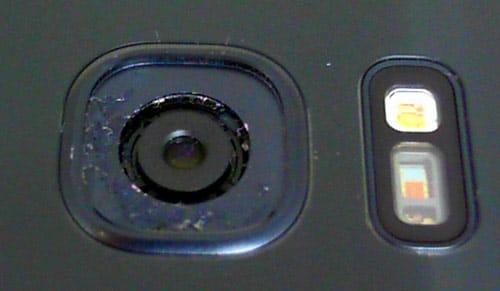
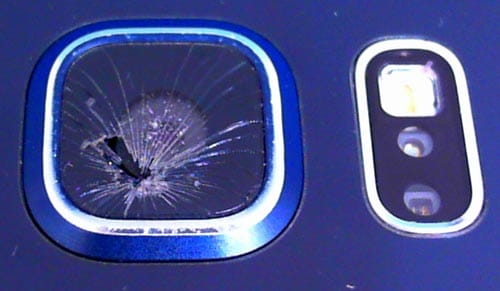
Also Read: Best Galaxy S9 alternatives for slow-motion video recording
Hardware modifications
Samsung Galaxy S9 and S9+ are protected by a warranty that becomes void immediately after the device is opened without the manufacturer’s consent. In order to make any hardware modifications, tampering with the original form of the device is inevitable.
Device modifications include and are not limited to:
- Display screen replacement
- Removing the non-removable back panel
- Bezels or cases that involve opening the phone’s casing and removing the original housing
- Aftermarket decorations permanently fixed to the device.

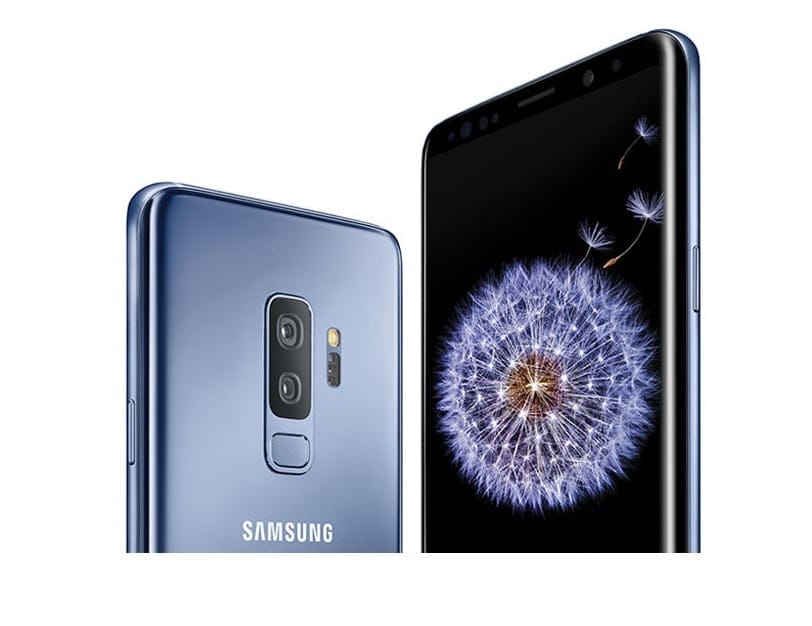
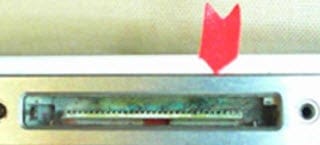



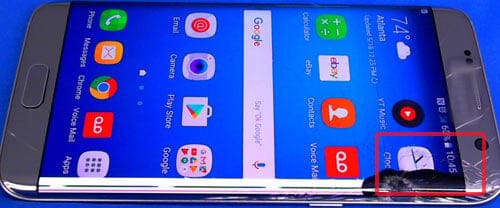

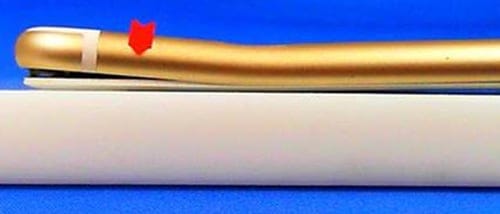

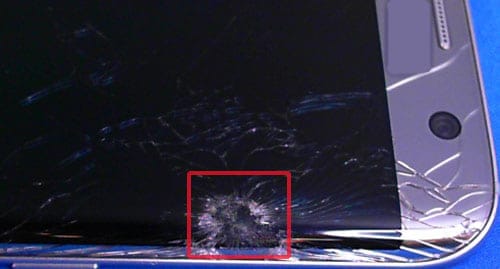











Discussion